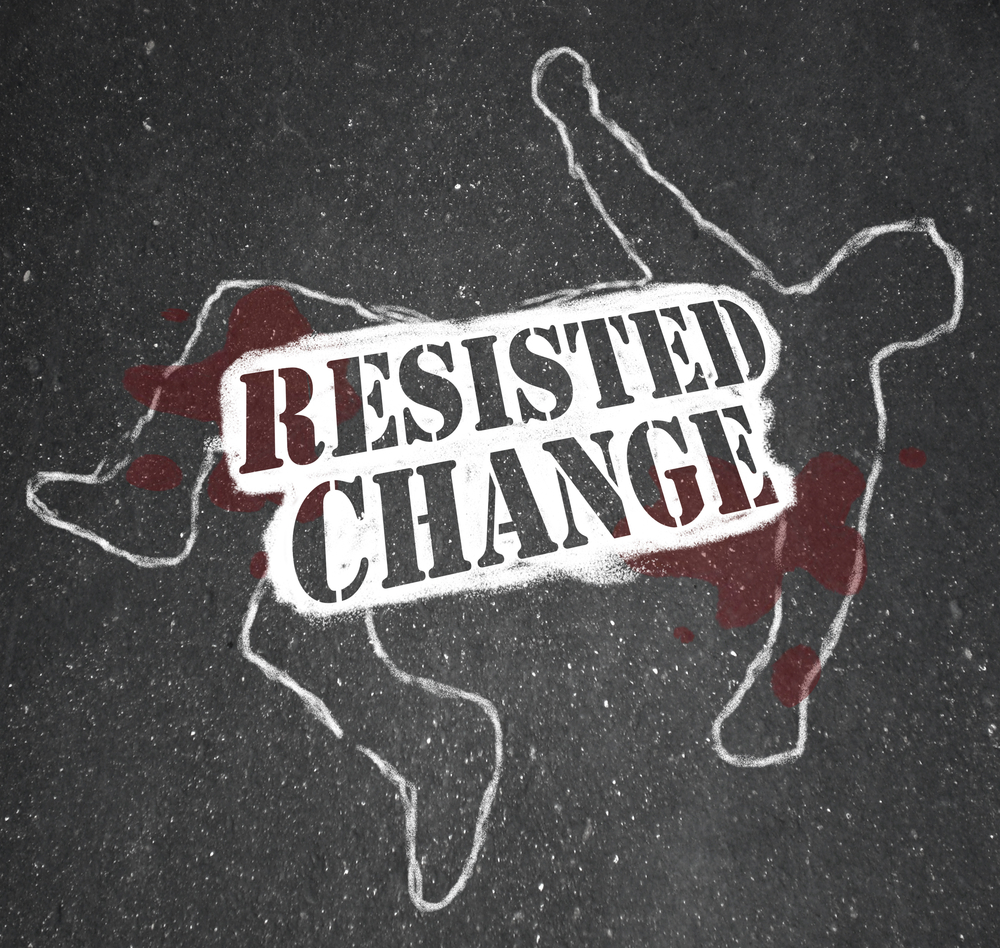St Joseph Technical College was one of the largest private vocational institutions in the country. It had a teaching department, administration department, a boarding section, an ICT laboratory, an in-house clinic, along with a school farm. Initially the college chose a principal promoted from within its ranks to lead her. But the principal was unable to pull himself from classroom instruction, leaving paperwork unattended. After a series of embarrassing incidents, where payments for supplies were not met leading to lack of delivery of stationery affecting teaching, the Board decided to look for a professional manager.
After a quick search, a former Bursar of a university, Mr Walugembe emerged the best candidate. The Board picked him as he came with a good financial background which it felt was needed, given that the former Principal had failed to submit timely financial reports. The college had been fined also due to late tax filings because the Principal was more preoccupied with teaching and did not prioritize desk work.
In his prior job as a university bursar, Mr Walugembe, was secluded in his office, waiting to receive fees, reconcile payments and file reports. He had found this management style quite effective, and he decided to use it here too. “After all they need someone to help them push paper,” he reasoned.
Mr Walugembe’s day began with getting to office by 8am, where he would sit still, receive and clear paper work, with clockwork efficiency, till 5pm sharp, when he left for home. St Joseph’s College soon observed the difference. Paperwork that used to delay in the inbox tray was cleared without delay. Any person who came to visit the school Principal would find him seated in office, unlike the past head who was everywhere, going about supervising staff.
Because Mr Walugembe hardly moved out of office, he received structured information in meetings with his top management. He would pepper his managers with questions if there was a matter he need clarity. “Everything is under control,” he was always told. Assured all was well, he settled on responding to reports that sailed up his desk. Based on these he would make decisions.
One day Mr Walugembe while leaving for home overheard two staff standing in a corridor, engaged in animated conversation.
“Do you know those computers that were just procured for the ICT laboratory have all failed to work,” said one staff.
“Yes,” agreed his colleague. “Moreover they were just half of what was ordered and wish you had seen the bill.”
“But what could be wrong?” asked one staff.
“We have a manager who sits in office all day and has no idea what is going on,” went on his colleague.
As he drove home Mr Walugembe felt this was just loose talk by idle employees without facts. On his desk was a detailed report of the computers procured, their brand and warranty. However, nerved by the negative comment of a “a manager who sits in office all day”, he decided the next day to deviate from his 8- 5 sit in office schedule, and drop by the ICT laboratory, if only to make sure. He also decided he would not alert the store manager or ICT head.
When he dropped by the ICT laboratory around midday, Mr Walugembe was shocked to find that not only was the number of computers in operation half of what had been secured, but also not the Dell brand. He called on the store manager who, surprised to see him, muffled something like, “we are waiting for more!” On calling up the head of ICT laboratory he offered that he thought these were the computers they had ordered.
Mr Walugembe quickly realized there was fraud. While the reports he was receiving read one thing, the facts on the ground were far different. After ordering a thorough investigation which later found the store manager had been falsifying reports, he decided to adjust his working style. To ensure that what he signed corresponded with the facts on the ground, he would now on divide his time between office hours and unscheduled field tours. This way he would be able to compare and contrast the official information he received from what was happening.
There are certain managers who just sit in office all day waiting on official reports, pointing that out as an indication of a good system. Whereas such paper flow is useful, it is only part of the story. As this case shows an effective manager needs to balance his time between office and the field, just for purposes of double checking.










